The Bridge House in Ambleside is a captivating example of 17th-century ingenuity and charm, nestled in the heart of the Lake District. Its fascinating history and enduring architectural design make it a must-visit destination for history enthusiasts and tourists alike. This article explores the origins, purpose, and continued legacy of this iconic structure.
A Unique Solution to Land Tax
The Bridge House, built in the 17th century, was ingeniously constructed atop the Stock Beck. The primary motivation for this unique design was to avoid land taxes, which applied to structures built on solid ground. By spanning the beck, the builders cleverly sidestepped the tax, turning a practical need into an enduring architectural marvel.
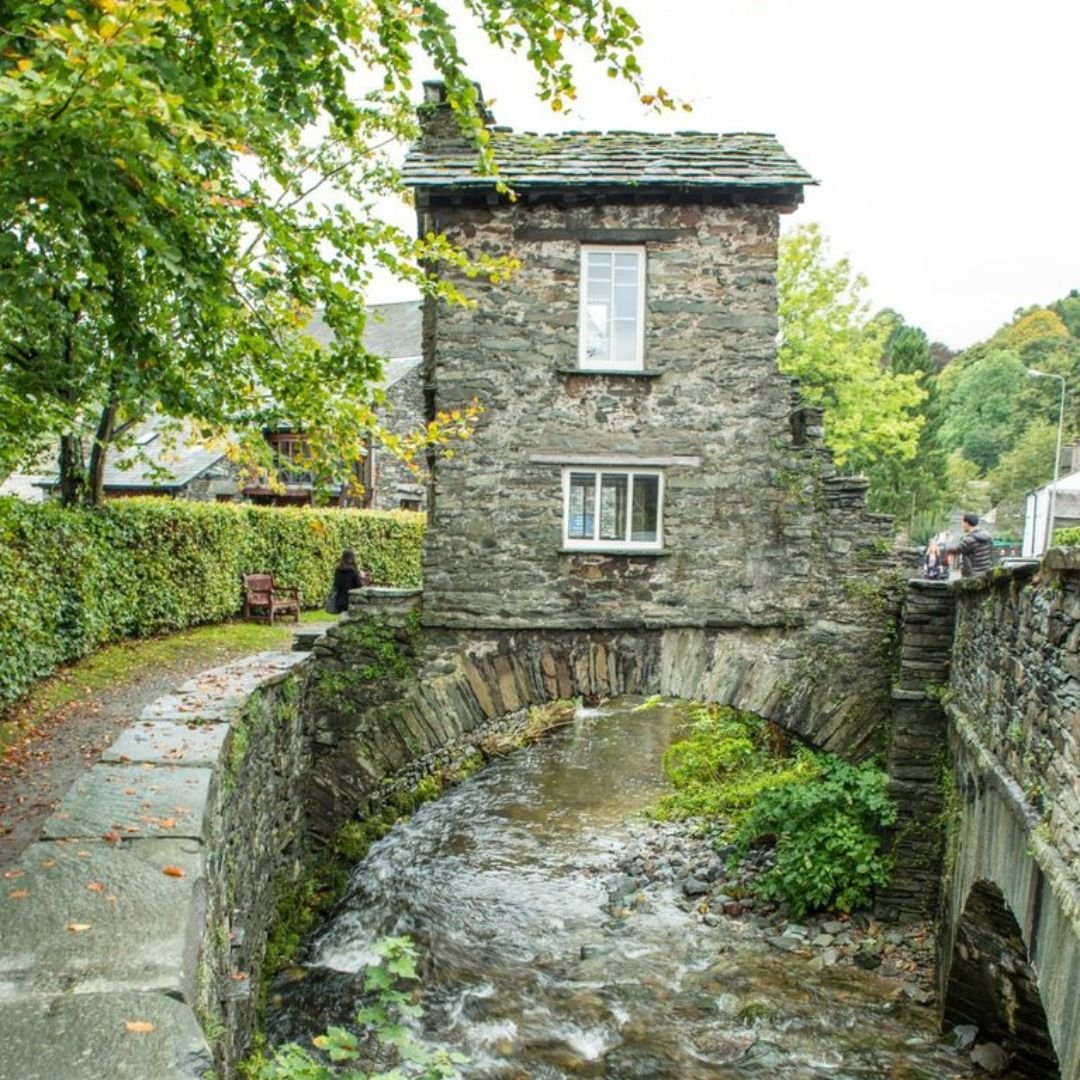
This resourceful approach highlights the creativity and adaptability of the era’s builders, showcasing their ability to maximize limited resources while adhering to societal constraints.
A Building with Many Lives
From Apple Store to Family Home
Originally built as an apple store for Ambleside Hall, the Bridge House served a functional role in the daily life of the local community. Its strategic position above the beck protected the stored apples from potential flooding and pests.

Over time, its function evolved, adapting to the needs of the community. Incredibly, records suggest that the tiny building was once home to a family of six. The thought of an entire family living in such a confined space speaks to the resilience and simplicity of life during that period.
A Tea Shop and Beyond
In later years, the Bridge House was transformed into a tea shop, drawing locals and visitors to experience its quaint charm. It also served as an information center, further embedding itself into the cultural fabric of Ambleside.
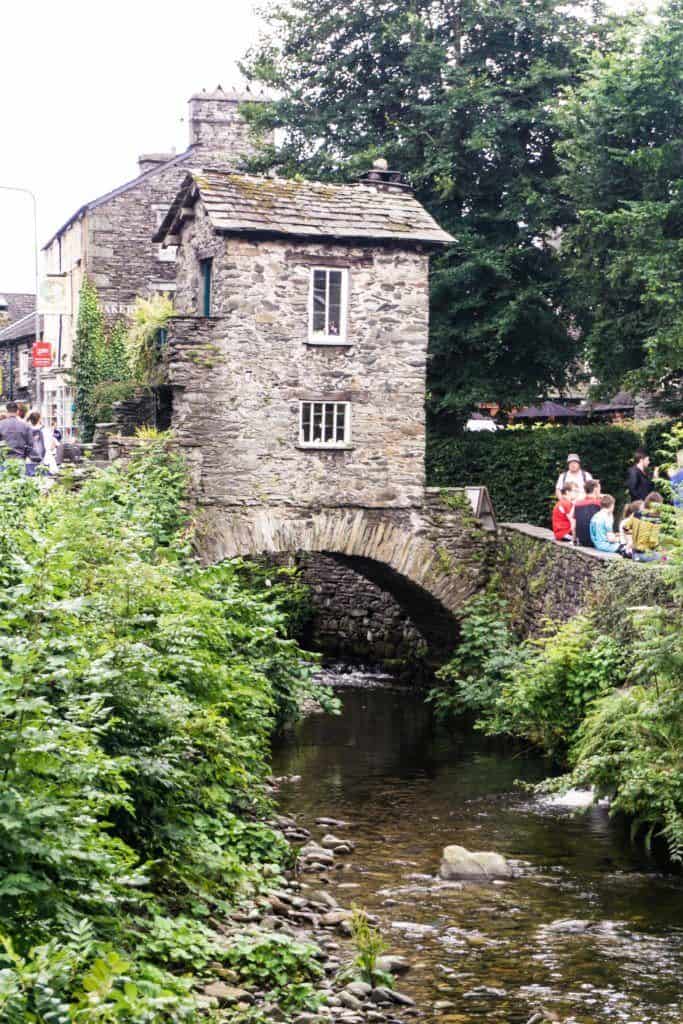
Architectural Integrity Through the Ages
The Bridge House is a testament to the durability of traditional construction techniques. Its sturdy stone walls and slate roof have withstood centuries of weather and wear. Photographs taken over the past 100 years reveal how little the structure has changed, emphasizing the timeless nature of its design.
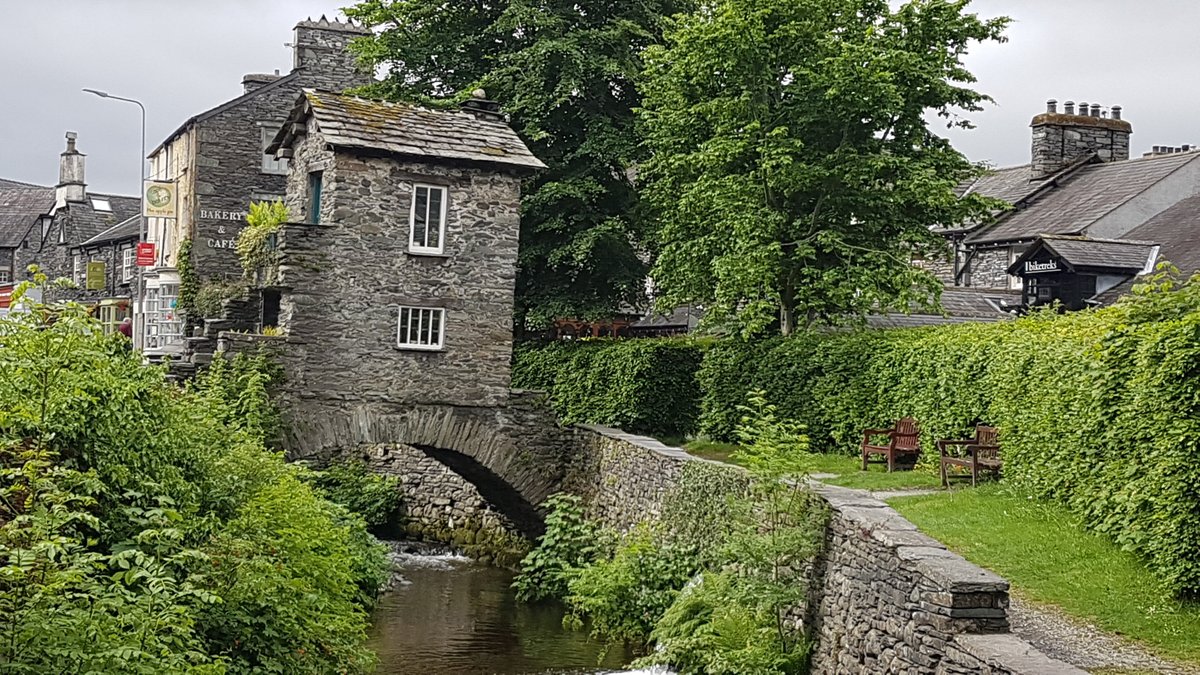
The structure’s diminutive size and whimsical placement make it a favorite subject for artists and photographers, while its location amidst the natural beauty of the Lake District enhances its picturesque appeal.
Preservation and Legacy
Today, the Bridge House is managed by the National Trust, which has worked to preserve this extraordinary piece of history. Visitors are invited to step inside the building, where they can marvel at its modest interior and gain insight into its fascinating past.
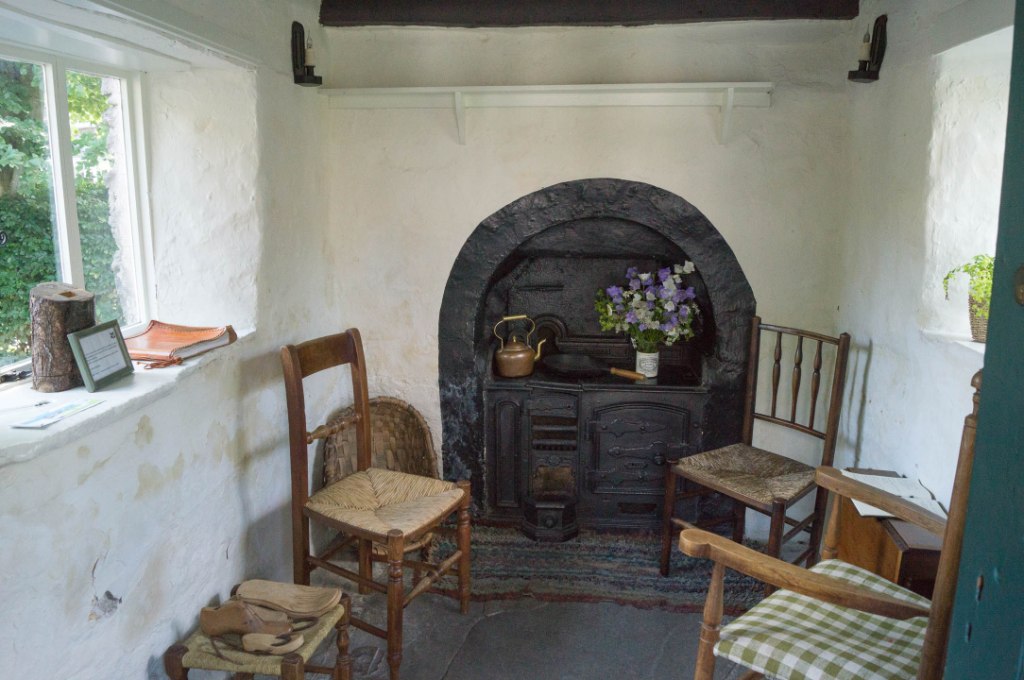
The Bridge House is more than just a relic of history—it is a symbol of Ambleside’s heritage and a reminder of the ingenuity of past generations. Its ability to adapt to different purposes over the centuries underscores its cultural significance and timeless relevance.
A Beloved Landmark of the Lake District
The Bridge House has become one of the Lake District’s most beloved attractions, drawing visitors from around the world. Its story combines practical ingenuity, historical significance, and architectural charm, making it an enduring symbol of the region’s rich history.
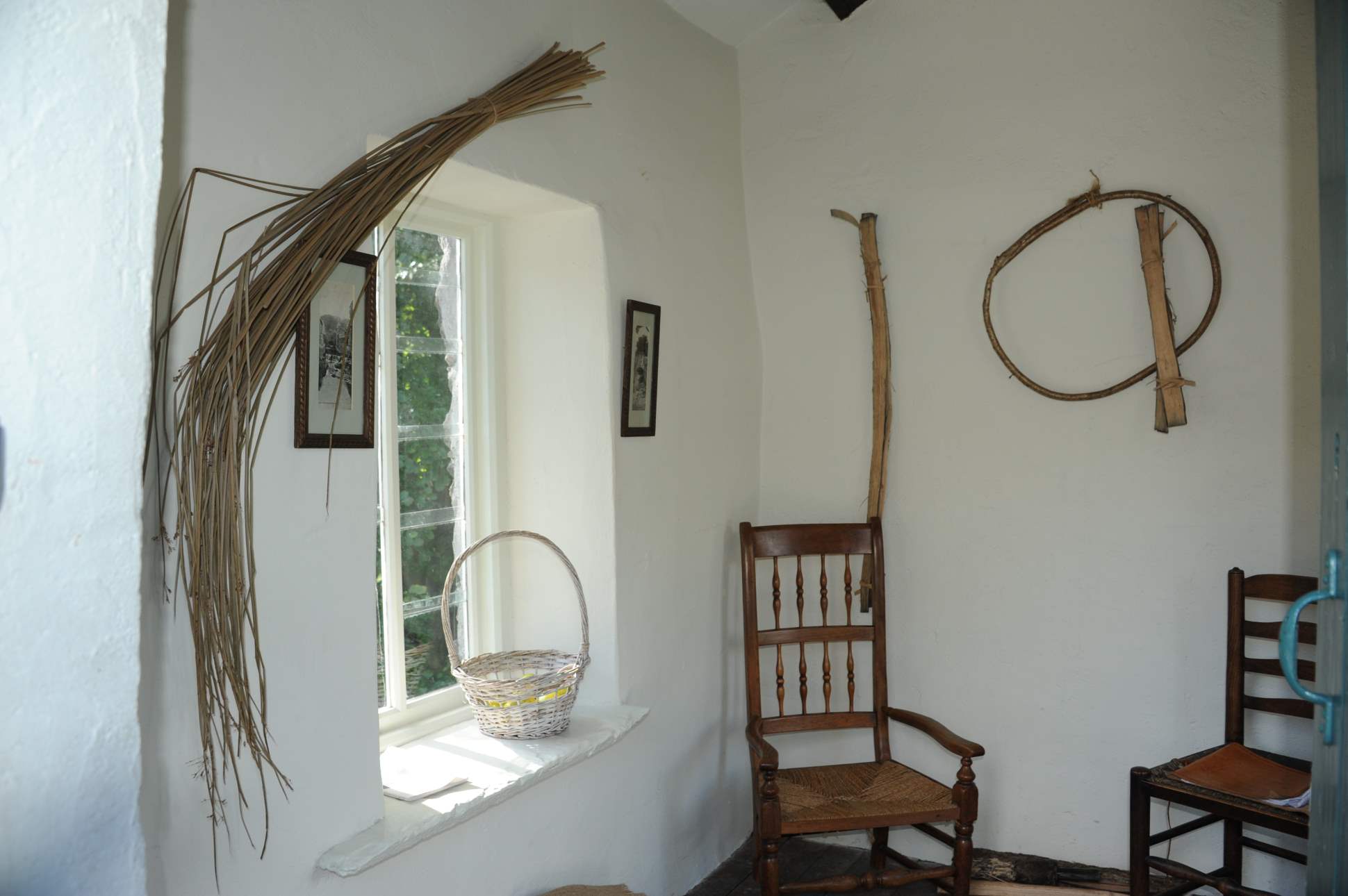
Whether you visit to admire its unique design, learn about its fascinating past, or simply take in the beauty of its surroundings, the Bridge House offers an unforgettable experience that connects modern visitors to the creativity and resilience of the 17th century.
Conclusion
The 17th-century Bridge House in Ambleside stands as a timeless landmark, reflecting the spirit of resourcefulness and adaptability of its builders. From an apple store to a family home, tea shop, and now a cherished historical site, its legacy endures as a reminder of the ingenuity of the past. A visit to the Bridge House is not just a journey into history but also a celebration of the enduring human capacity for innovation and creativity.

